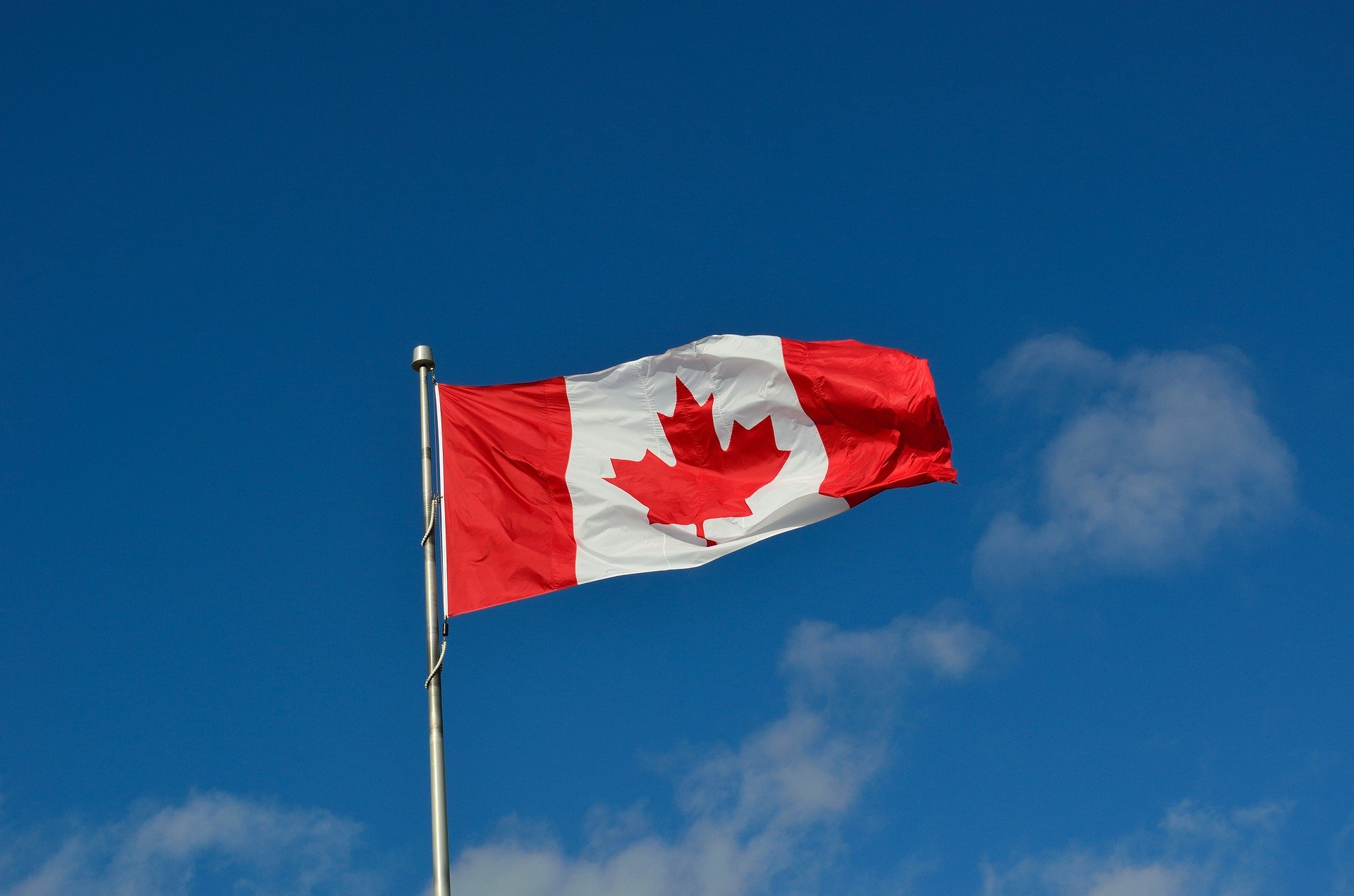Canada is one of the safest, most comfortable countries on earth, with citizens who enjoy generally contented lives free from substantial hardship. While any country’s standard of living will obviously differ quite a bit from person to person, a look at various social metrics highlight the many things Canadians have to be thankful for — as well as where improvements still need to be made.lore magna aliquam erat volutpat.
Canada is one of the safest, most comfortable countries on earth, with citizens who enjoy generally contented lives free from substantial hardship. While any country’s standard of living will obviously differ quite a bit from person to person, a look at various social metrics highlight the many things Canadians have to be thankful for — as well as where improvements still need to be made.lore magna aliquam erat volutpat.



Housing in Canada
Canada’s home ownership rate is around 66 per cent. Among non-home owners, the majority of Canadians rent a leased house, apartment, or suite from a landlord or property corporation.
Canadians generally live with their parents until their 20s, and then rent until their 30s, when they mortgage a house or apartment, usually with their spouse. Many Canadians are increasingly choosing to rent for much longer periods of life than past generations, however. Unaffordable homes are a growing concern in many of Canada’s big cities, where real estate prices are some of the highest in the world. Large mortgages contribute heavily to the high rates of indebtedness of Canadians.



Personal Finances of Canadians
Canadians enjoy a very high standard of living due to the strength of the Canadian economy. The median annual family income in Canada was estimated at $78,870 in 2014.
Personal debt is a significant problem in Canada, and by some estimates Canadians are the most personally-indebted people in the western world. The average Canadian’s debt-to-income ratio is estimated at around 170 per cent. That said, the majority of individually-held Canadian debt takes the form of home mortgages. This is especially true for Canadians who live in the country’s large cities, where real estate is extremely expensive.



Health and Safety in Canada
Canadians are a generally healthy people and the country does not have any widespread problems with dangerous or infectious diseases. The average Canadian life expectancy is 80 years for men and 84 years for women. The leading cause of death for both sexes is cancer, followed by heart disease, which together represent about half of all natural deaths in Canada. Most of the other half die from a variety of other relatively common diseases and afflictions that tend to strike humans late in life, including diseases of the respiratory system, strokes, diabetes, Alzheimer’s disease, and pneumonia (sometimes euphemistically called dying of “old age”).



Poverty in Canada
The Government of Canada does not have an official designation of poverty, which means it can be difficult to firmly state the number of “poor” Canadians. Statistics Canada classifies a Canadian family as “low income” if they earn less than half the median Canadian family income (see above), while the low income cut-off (LICO) is a more precise figure used to determine if a person’s income will not be enough to survive on when considered in the context of that person’s family size, area of the country they live, and so on. Combining these two measurements, about 13 per cent of Canadians were classified as being “low income” in 2014.



Crime and Punishment in Canada
Canada’s crime rate has been in steady decline after reaching a peak in the 1990s, though it is still higher than in the 1960s, when the modern crime rate first began to rise. Over four-fifths of crimes committed in Canada are non-violent, with the most common being small thefts, home robberies, traffic crimes, public “mischief,” and crimes involving the distribution or possession of banned drugs. The most common violent offenses are assaults, beatings, and violent robberies. Canada’s murder rate is generally around 600 per year. The total number of Canadians in prison is around 40,000, or less than one-half of one percent of the Canadian population.



Pollution in Canada
Canada sits in the top-tier of nations as far as most environmental quality metrics are concerned. The World Health Organization (WHO) gives Canada one of the world’s highest rankings for air quality, while a 2016 study from the Yale Center for Environmental Law & Policy gave Canada a comprehensive 85/100 environmental quality score based on a host of variables, including air and water quality, putting the country in 25th place overall (out of 180 countries studied). Canada contributes around two per cent of the world’s total greenhouse gas emissions (GHG), a number that, while small, is far out of proportion with Canada’s tiny share of the global population. This puts Canada as one of the world’s worst GHC emitters on a per capita basis.


